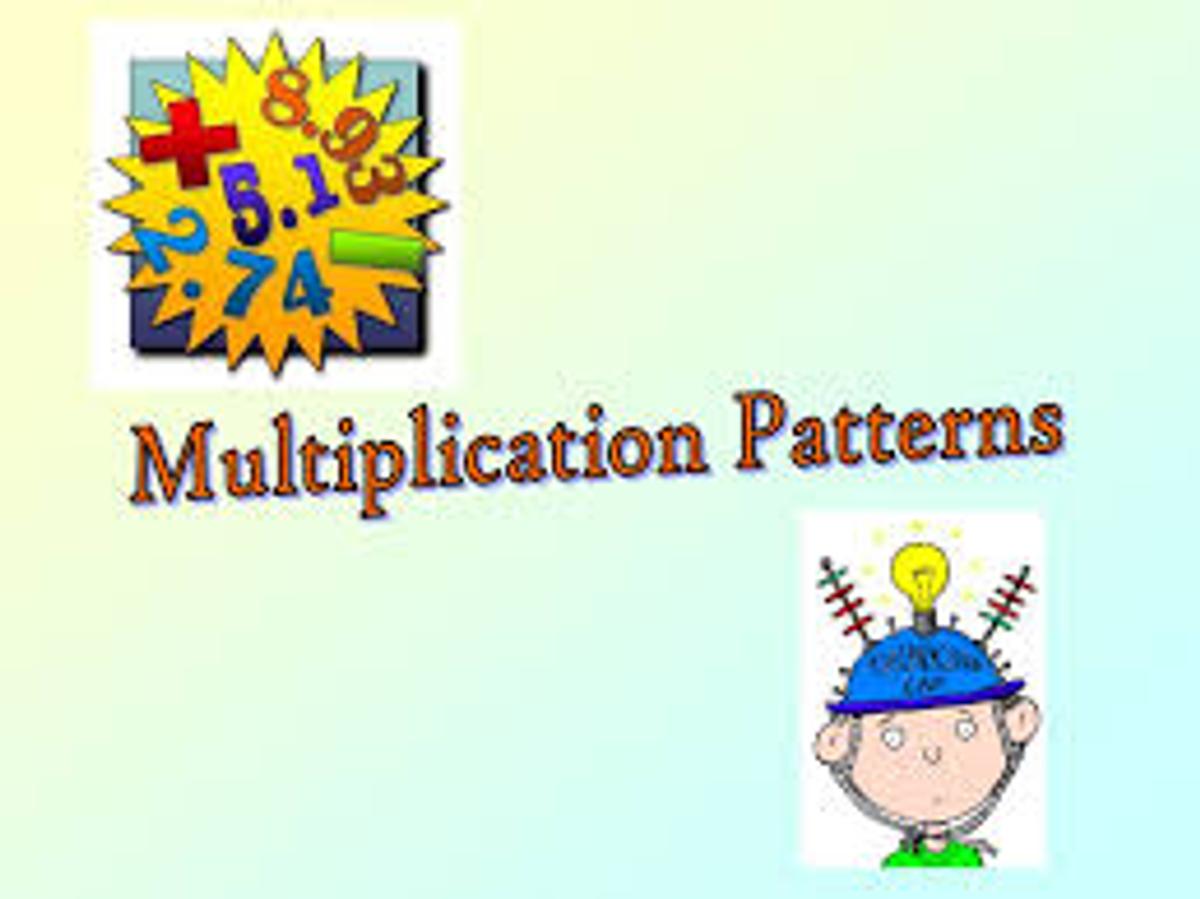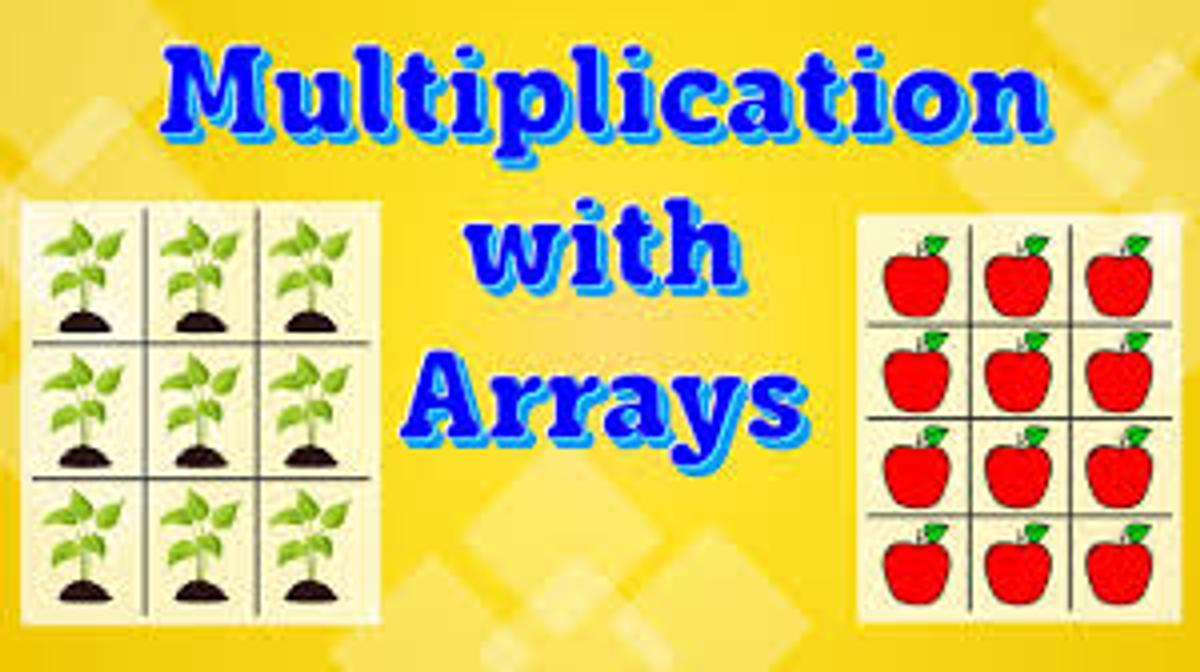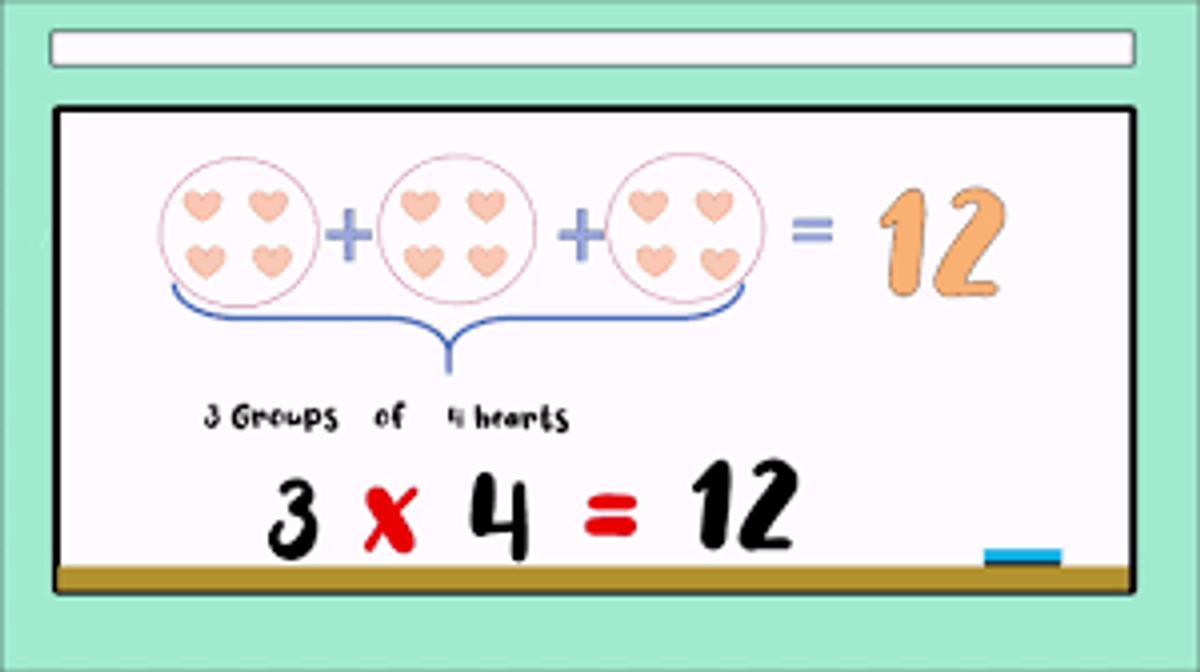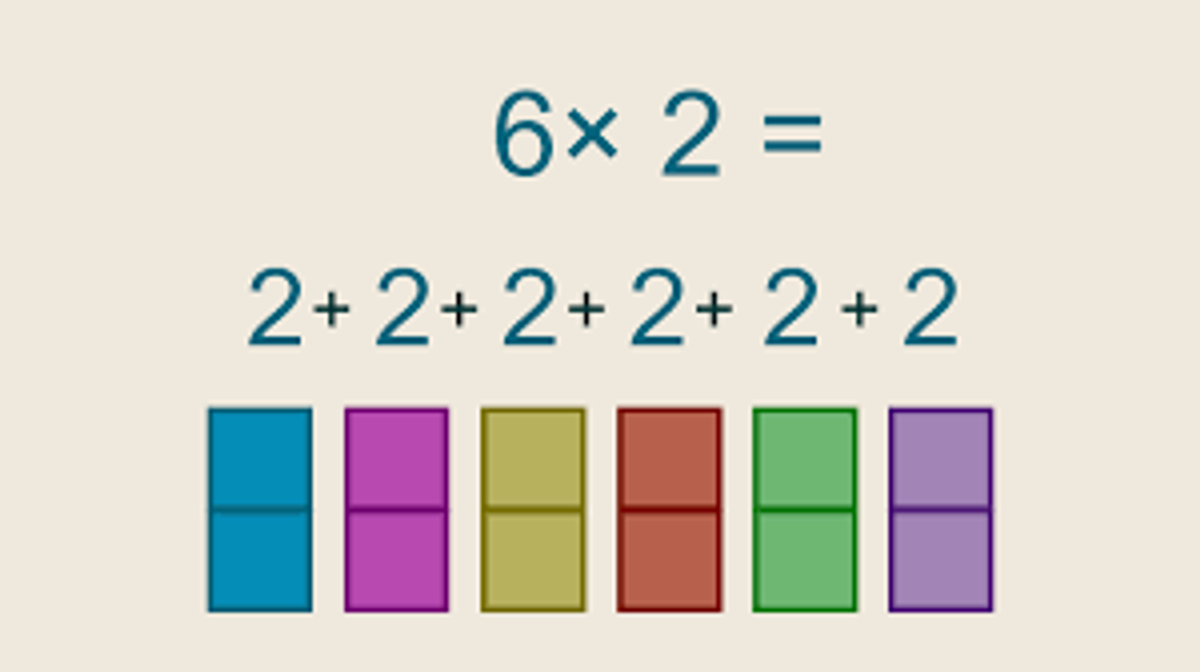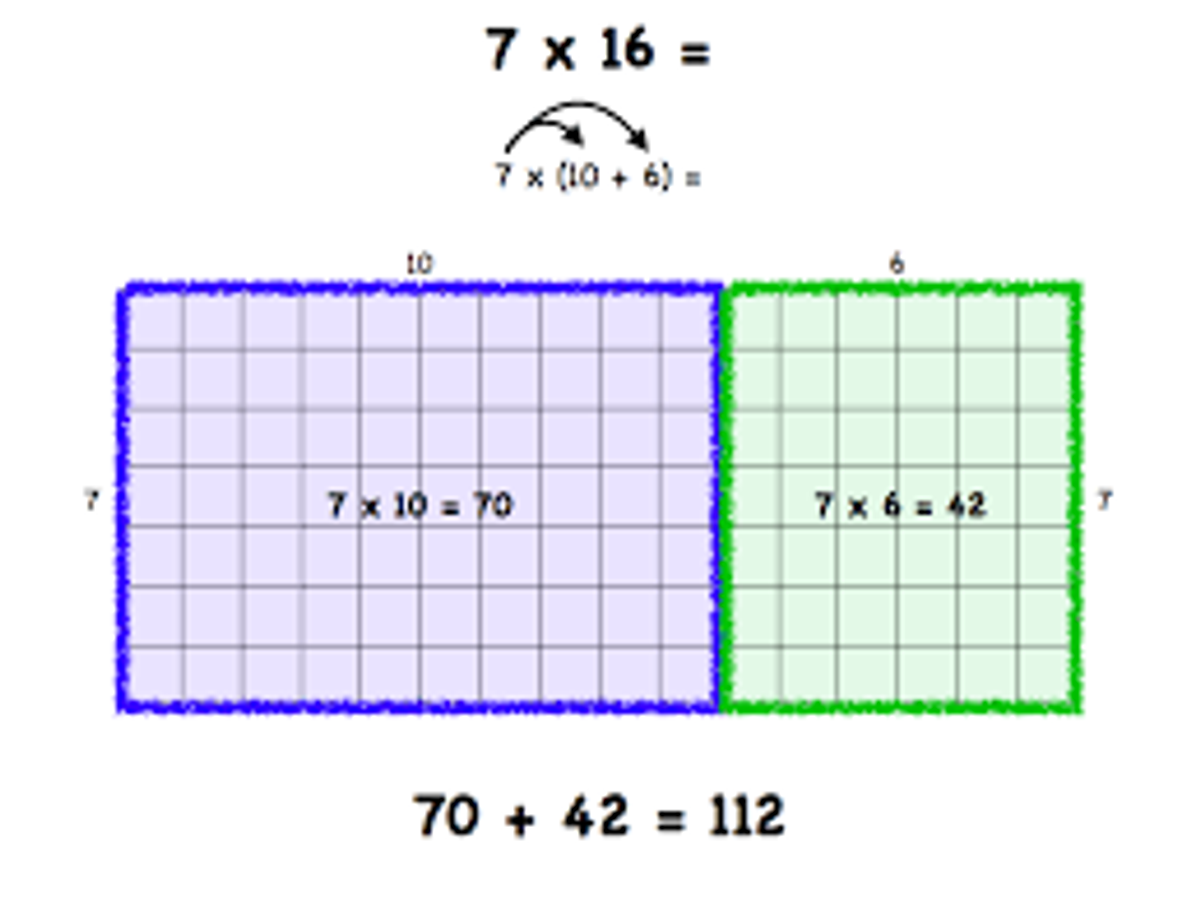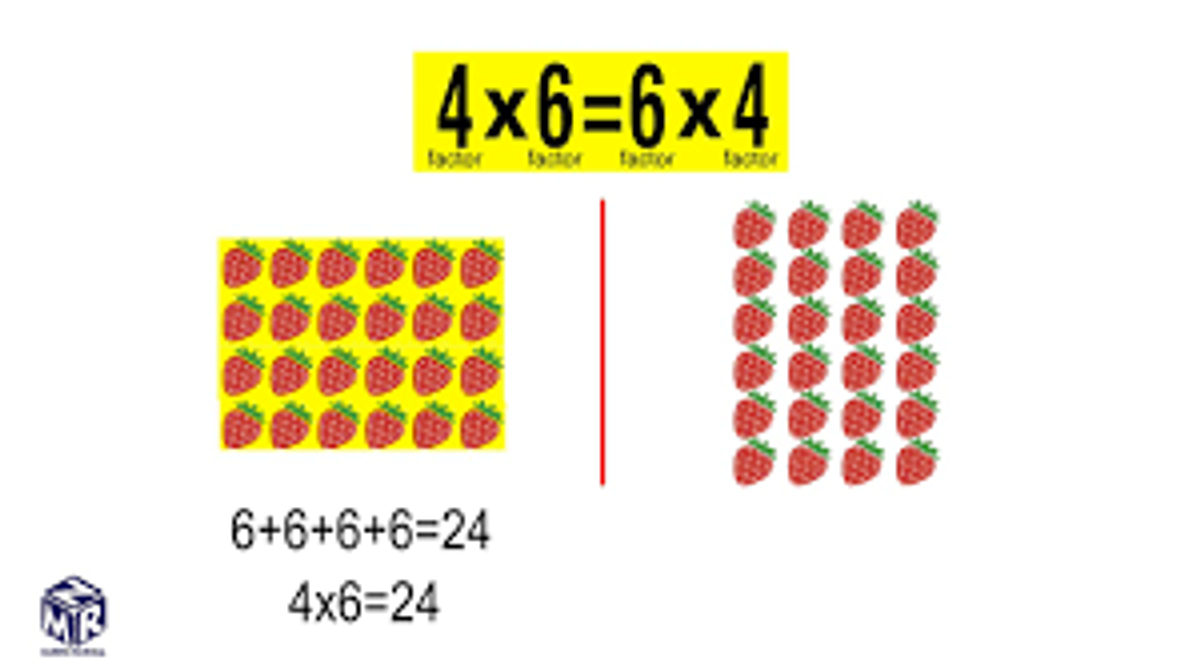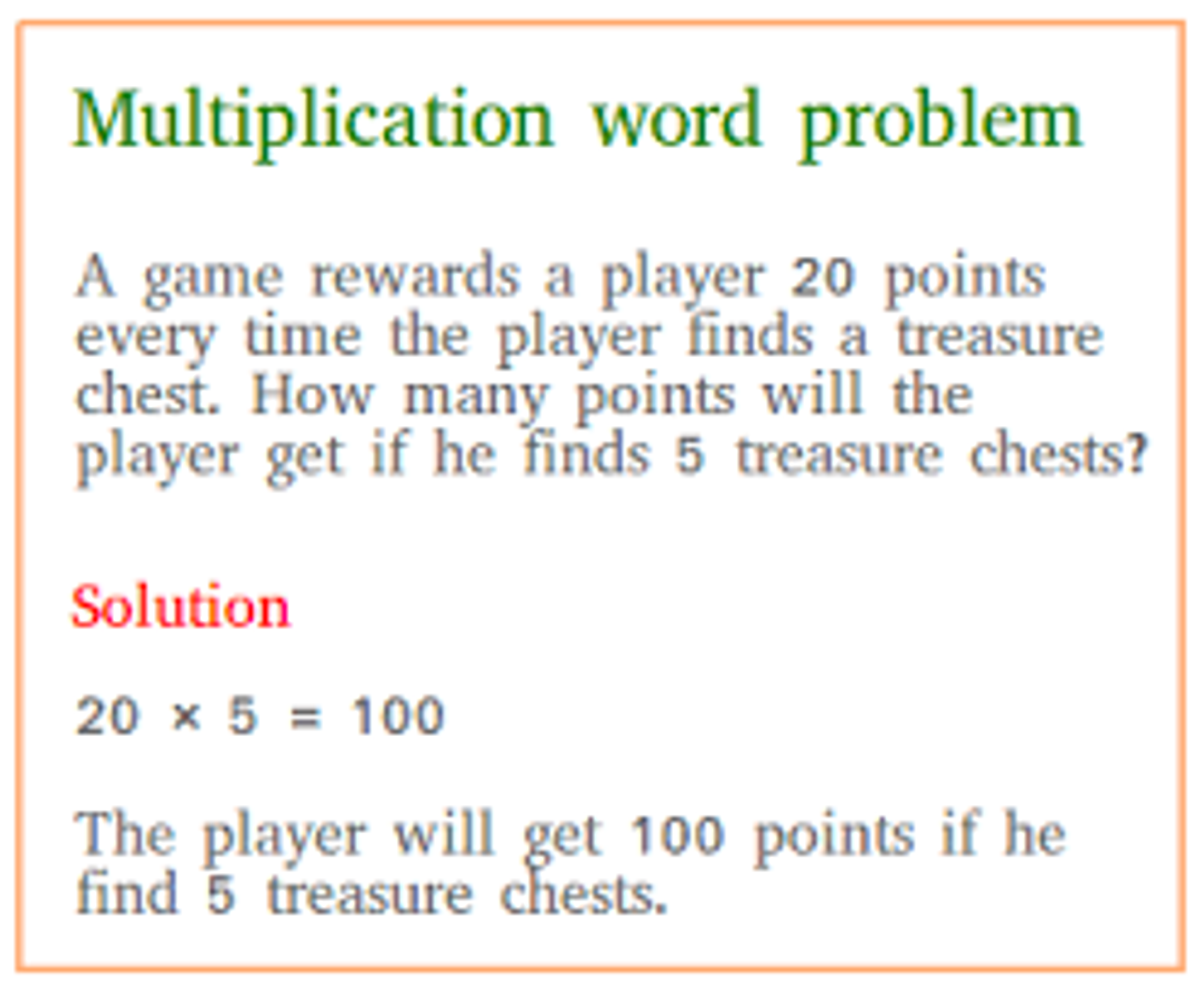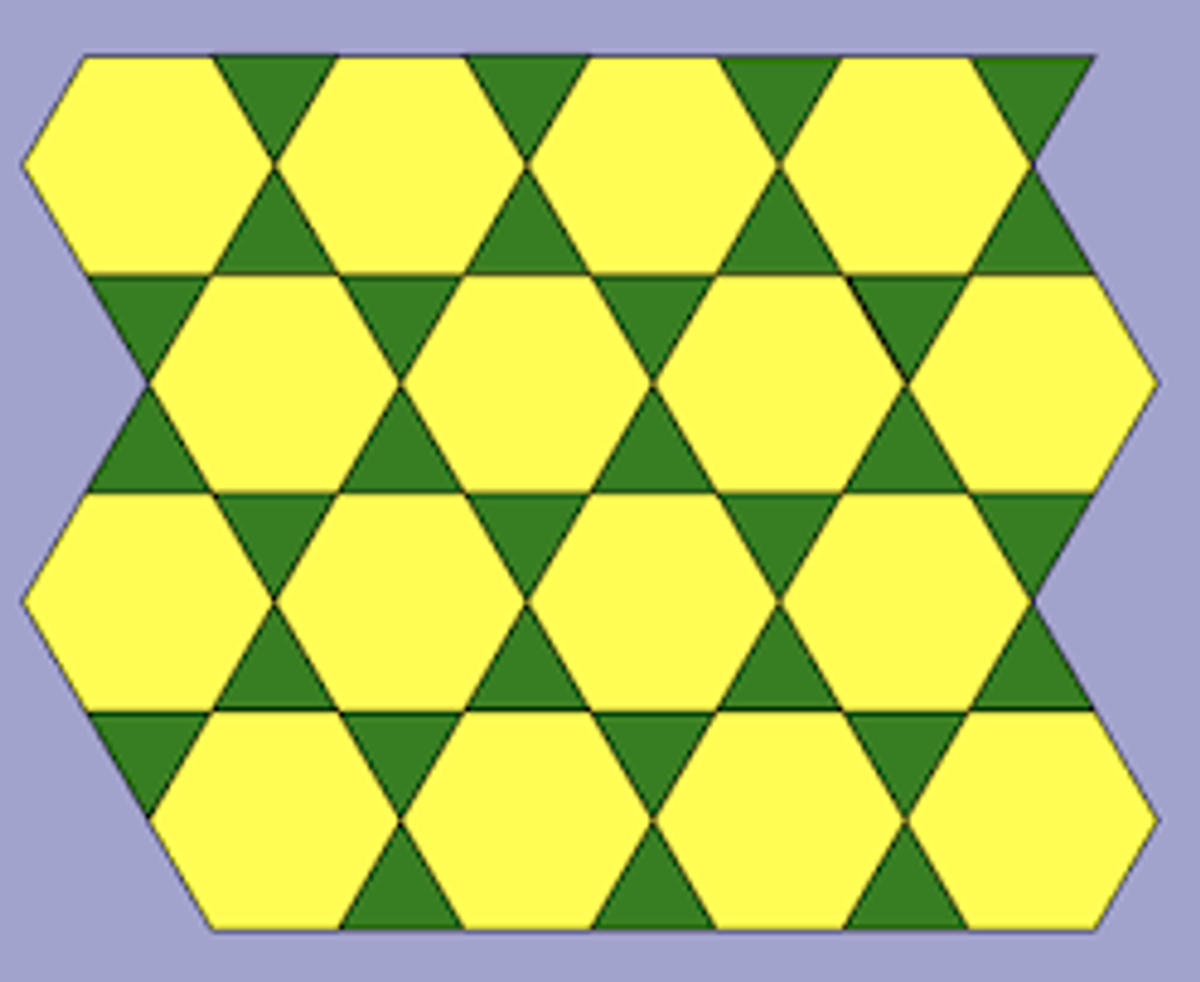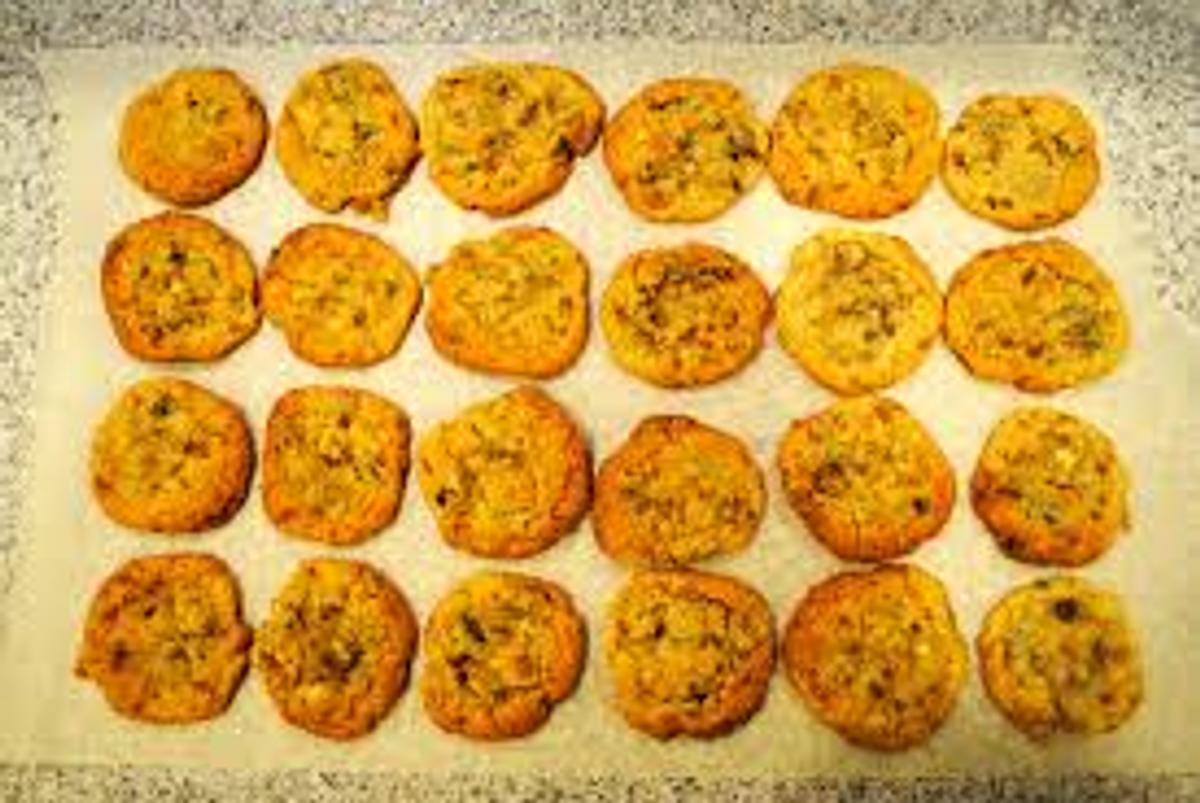How Can My Child Be SupportedTo Learn Their Multiplication Tables From Home?
Teaching multiplication with pictures is a fantastic way to help students grasp the concept visually and intuitively. Here are some effective strategies:
1. Array Models
- Grid Arrays: Use grids to show how multiplication works. For example, a 3x4 grid can illustrate 3 rows of 4 items each, showing that 3 multiplied by 4 equals 12.
- Drawing Arrays: Have students draw their own arrays to represent multiplication problems. For instance, for 5 x 2, they could draw 5 rows with 2 items in each row.
2. Grouping Objects
- Physical Objects: Use everyday items like blocks, beads, or counters. Group them in sets to demonstrate multiplication. For 4 x 3, create 4 groups of 3 objects each.
- Picture Cards: Provide students with cards showing groups of objects (e.g., cards with pictures of apples in different quantities) and ask them to count the total number of objects.
3. Repeated Addition
- Visual Repetition: Illustrate how multiplication is repeated addition. For instance, show 3 groups of 4 apples each and then add them together visually to demonstrate that 3 x 4 is the same as 4 + 4 + 4.
- Number Lines: Use number lines to show jumps of a certain size (e.g., jumps of 4 on a number line to show 3 x 4).
4. Area Models
- Rectangle Areas: Draw rectangles and divide them into rows and columns to represent multiplication. For example, a rectangle divided into 5 rows and 6 columns can be used to show 5 x 6.
- Shading Areas: Have students shade parts of a grid to show multiplication. For example, shade 4 rows of 3 squares each on a grid to illustrate 4 x 3.
5. Commutative property
- Show different ways to represent the same product using arrays. For instance, 6 x 4 can also be represented as 4 x 6, illustrating the commutative property of multiplication.
6. Story Problems with Pictures
- Illustrated Stories: Create simple story problems with accompanying illustrations. For instance, “Sally has 3 baskets, and each basket contains 5 apples. How many apples does she have in total?” Include pictures of baskets and apples to make it relatable.
8. Patterns and Symmetry
- Pattern Blocks: Use pattern blocks or other manipulatives to create visual patterns and show how they can be grouped. For example, create a pattern using hexagons and show how they can be arranged in different ways to demonstrate multiplication.
- Symmetrical Arrays: Show how multiplication relates to symmetrical patterns, reinforcing concepts through visual symmetry.
9. Real-Life Visuals
- Everyday Scenarios: Use pictures of real-life scenarios like packing items into boxes, setting tables with plates, or arranging chairs in rows. This helps students connect multiplication to practical situations.
10. Games and Puzzles
- Visual Puzzles: Create puzzles where students match multiplication problems with the correct visual representations. For example, match a picture of an array with the corresponding multiplication fact.
- Board Games: Design board games where players move based on multiplication problems solved with visual aids.
Incorporating these strategies can make multiplication more tangible and engaging for students, helping them build a solid understanding of the concept through visual means.

